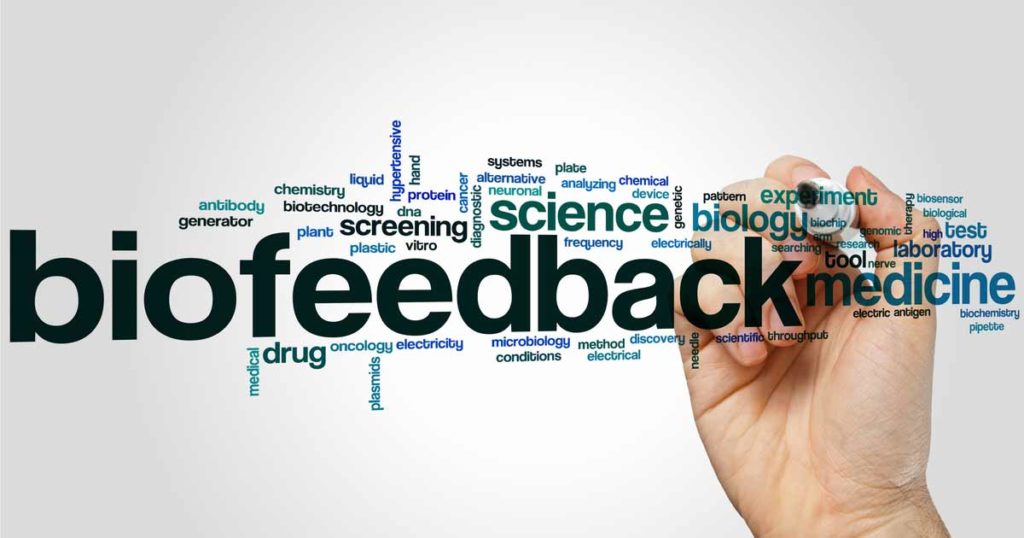Biofeedback therapy is the general term for a range of techniques that rely on information provided by your own body to help you improve your physical or mental well-being. One of the many methods used to achieve this goal is neurofeedback therapy, which relies on information gathered from a specific part of your brain. A closer look will help clarify the differences between these two categories of therapy.
Biofeedback Essentials
Biofeedback is short for biological feedback. Depending on the physical or mental condition you wish to address, the biological information used as the basis for treatment may come from any one of a number of organs or body areas. Common examples include:
- Your brain, which produces electrical signals read by a machine called an EEG or electroencephalograph
- Your heart, which produces signals read by a heart rate-measuring device called an electrocardiograph
- Your lungs, which produce information read by a device called a respiration sensor
- Your sweat glands, which produce information read by a device called an electrodermograph, and
- Your muscles, which produce information read by a machine called an electromyograph
During biofeedback therapy, you receive information from the targeted area in a format that allows you understand what’s happening and notice changes when they occur. Gradually, this feedback loop allows you to exert some degree of conscious control over your body’s processes and make health-supporting modifications. The broad range of conditions successfully targeted by this approach includes everything from chronic pain, asthma, bladder problems and motion sickness to headaches, anxiety and ADHD.
Neurofeedback Essentials
Neurofeedback therapy is the name for biofeedback therapy that uses the brain information provided by an EEG machine. Specifically, you receive information on the electrical activity in a brain region called the cerebral cortex, which houses all of the higher-level mental functions that set human beings apart. When you observe information from this area in a therapeutic setting, you can gradually restructure your brain’s electrical patterns and improve your thought processes and your ability to control your emotions. Neurofeedback has a track record of success dating back more than three decades. The list of conditions that may benefit from its use includes:
- Sleep disorders
- ADHD
- Major depression and other depressive disorders
- Substance use disorders
- Anxiety disorders
- Seizure disorders, and
- Brain injuries
It is considered especially useful for children affected by ADHD. Sources: Mayo Clinic: Biofeedback University of Maryland Medical Center: Biofeedback Neurotherapy Center of Houston: What Is Neurofeedback?

